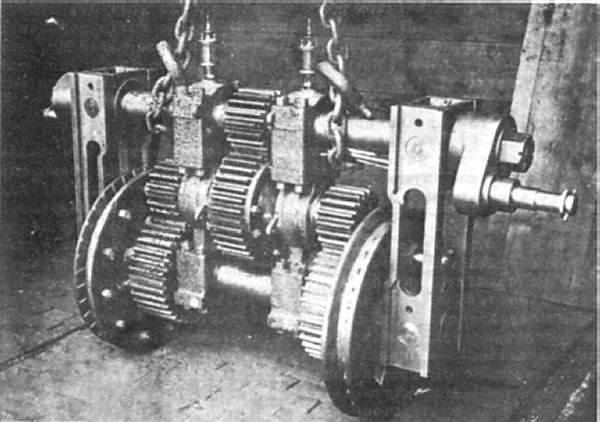Gallery opened: 12 Dec 2014
Updated: 15 Dec 2014




The Baguley RailGrip Locomotive |
Gallery opened: 12 Dec 2014 |
 | Left: The RailGrip locomotive: 1923
|

 | Left: The RailGrip rack wheels
|
The idea apparently worked quite well, but was not proceeded with. It sounds as though laying the special track might be complicated.
The proprietor of Baguleys, Ernest E. Baguley, has his own wikipedia page.
There is more information on Baguleys at the Steam Index.

  
|